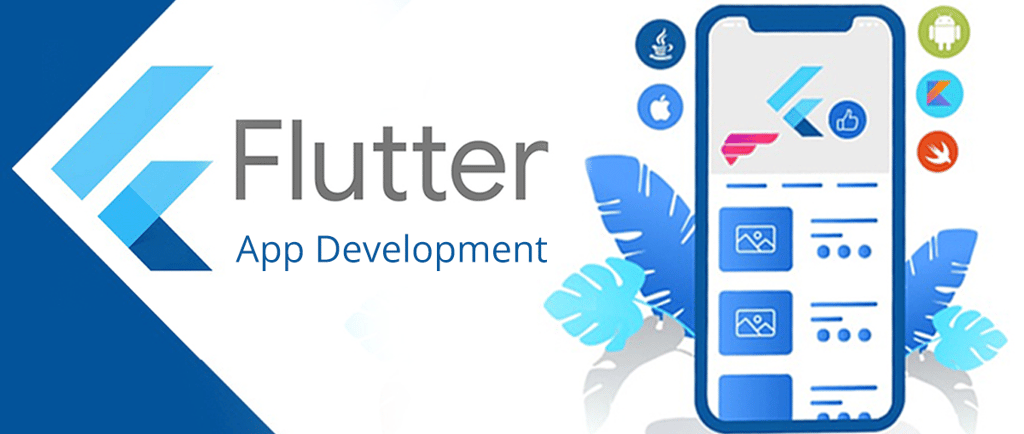Getting Started with Flutter: A Beginner's Guide
5/24/20252 min read


Hello and welcome to the world of Flutter! Flutter is a cool tool that allows you to create apps for your phone, web, and even computer using a single set of code. It's almost magical! Let's take it one step at a time in this beginner's guide to show you how to get started with Flutter.
What is Flutter?
Google's Flutter is a specialized app development tool. It's not like other apps; it's extremely adaptable and can work on a variety of devices. Flutter uses the Dart programming language and has an immense number of ready-made parts called widgets that make your apps look and feel great no matter what device you're using.
Getting Ready to Create
We need to set up a few things on the computer before we can create amazing apps.
Install Flutter: First, you must install Flutter on your computer. You can do this by going to the Flutter website (https://docs.flutter.dev/get-started/install) and following the instructions for your computer.
Get an IDE: While you can use any text editor, it's highly recommended that you use an IDE like Visual Studio Code or Android Studio, as they provide Flutter-specific extensions and tools to streamline your development process.
Prepare a Device: You'll need a test device to see how your app will look. You can use a phone, a tablet, or even a simulated phone on your computer.
Developing Your First App
It's now time to start working on your first app. Here's what you need to do:
Open Your IDE: Open the previously installed program (Visual Studio Code or Android Studio).
Learn About Your App: Flutter apps have a unique way of organizing files. The "lib" folder contains your code, and the "pubspec.yaml" file acts as a shopping list for the items your app requires.
Write Your First Line of Code: In the "lib" folder, there is a file called "main.dart." This is where your app gets started. You can begin typing your code right here. Flutter code is similar to putting together building blocks, and your app will require a "main" block to function.
Running Your App: You can use an emulator or a physical device to run your app. Start your app with the IDE's tools.
Hot Reload: One of Flutter's magical features is the "Hot Reload." It allows you to see changes to your code without having to restart the app.
Experimenting with Widgets
To build our apps in Flutter, we use something called "widgets." They're similar to Lego blocks for apps. To begin, consider the following:
Scaffold: Consider the scaffold to be the basic structure of your app. It includes an app bar, a body for your content, and a special action button.
Text: Use this to display words in your app. You can change the appearance of the words, where they appear, and more.
Container: A useful widget that can hold other widgets and aid in the design of your app.
Column and Row: These widgets assist you in arranging items in your app, either vertically as a column or horizontally as a row.
Wrapping Up
You've just taken your first steps into the world of Flutter. It may appear to be a lot, but don't worry. The more you practice, the more proficient you will become. Flutter is an exciting way to create apps, and the best part is that you can create them for multiple devices at the same time. So, get ready to experiment and have fun while developing your own apps!
Are you ready to explore the world of Flutter? What app are you most excited to develop?
Leave your thoughts in the comments section below!
